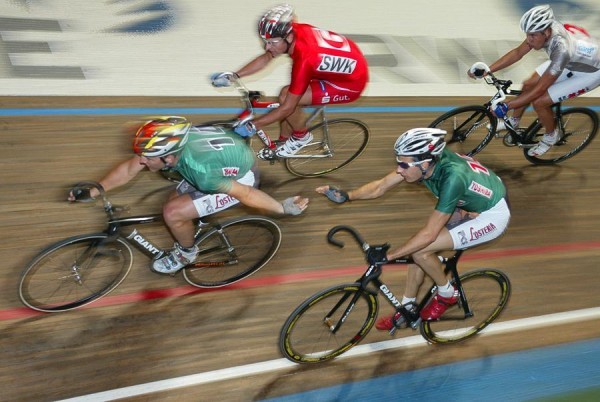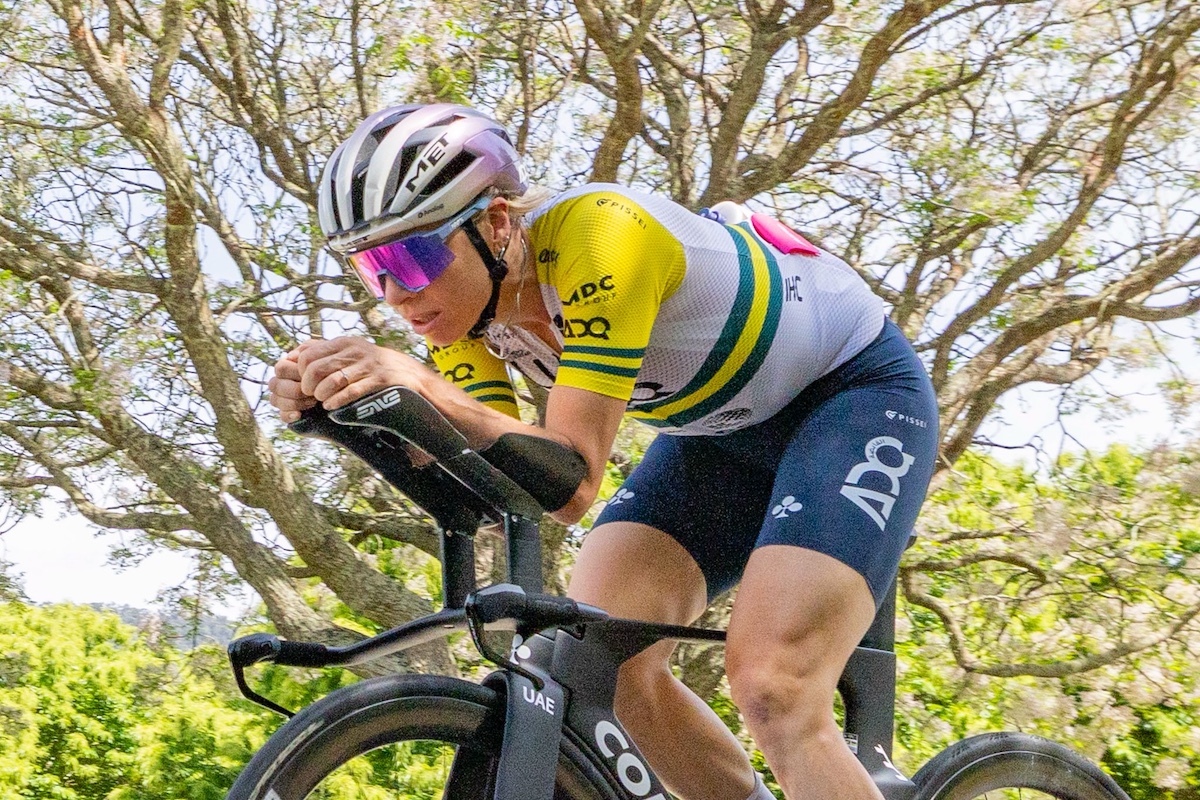An overview of six-day racing
A brief introduction to the spectator spectacular

Live music, light shows, restaurants, bars, nightclubs and a velodrome. It’s a pretty simple formula but it’s one that adds up to capture the imagination of thousands of Europeans when the annual six-day races come to town. Each year tough racing and a festival atmosphere combine to create almost week long parties in cities across Europe.
Six-day phenomenon: born in the USA?
Despite today appearing to be the distinct domain of European cities six-day racing was, in fact, popularised in England and the United States around the turn of the twentieth century. The origin of the name refers to the first events which were, quite literally, track races that saw individual riders completing as many laps as possible in six days. Acknowledging the dangers to rider health, not to mention the monotony for spectators, race organisers began to restrict racing to 12 hours per day. The tradition of two-man teams followed soon after. The changes yielded immediate results; speeds increased and in turn so did spectator numbers. The number of events expanded significantly across the globe, including Europe.
Six-day action today
Nowadays, six-day racing is run over six consecutive evenings in large European cities. Rotterdam, Berlin, Munich, Copenhagen, Ghent, Milan and Grenoble are all host to six-day events in their respective countries. The biggest six-days are generally those held in the road off-season, as professional riders compete in return for healthy appearance fees from race organisers. Racing usually begins at about 6pm and can conclude as late as 2am. The mainstay of the event remains the madison races (see right), held each evening, with the team accumulating the most points throughout the week being crowned the overall winners at the end of the six days. As exciting as the madison races are, novelty races are held in between times to entertain the thousands of fans that pack the velodromes across Europe each year.
Party time
Increasing the appeal of six-day events for the public is the range of entertainment provided to compliment the action on the track. Bars see that the vast range of beers available in host countries are kept flowing while restaurants ensure that spectators are well sustained throughout the evenings. Over the years unique drawcards set up within the velodromes have included funfairs, live bands and nightclubs, the latter guaranteeing that the fun lasts well beyond the last race.
The latest race content, interviews, features, reviews and expert buying guides, direct to your inbox!
The Madison
The introduction of two man teams to six-day races led directly to the development of the madison. The event, a mainstay of six-day racing, was named for Madison Square Garden, New York, where many early events were held.
Now a world championship and olympic event, the madison is an endurance race lasting up to an hour. The teams must have one member in the race at any one time. The non-racing member circles the upper half of the track waiting for their teammate to use the distinctive ‘hand-sling’ to introduce them into the field for their turn.
In simple terms, the major objective of teams is to lap the field. In the event that multiple teams have ‘taken’ the same number of laps at the end of the race, points accumulated at sprints throughout the race are used to determine a winner. If no team is able to take a lap in a race, the points system is used to decide the winning team.
